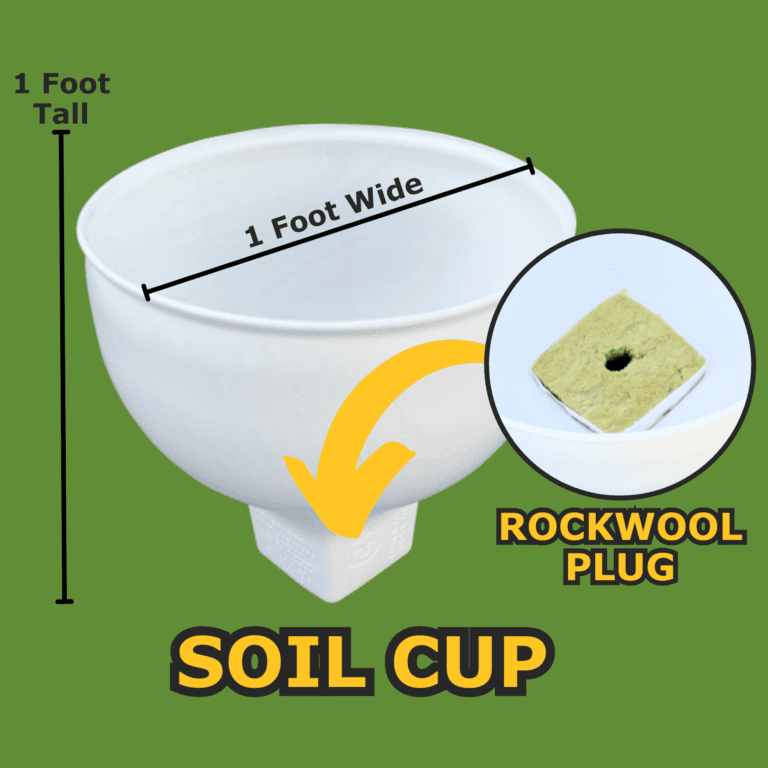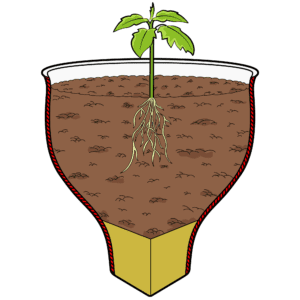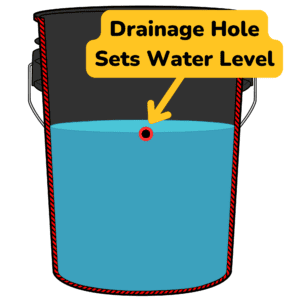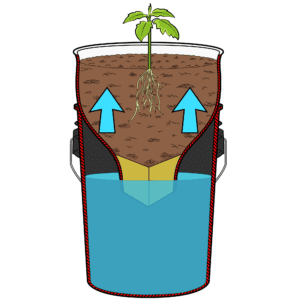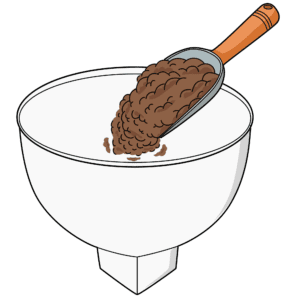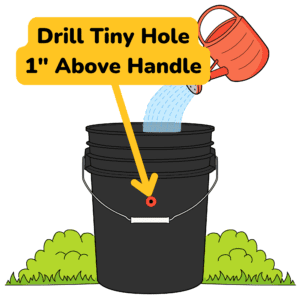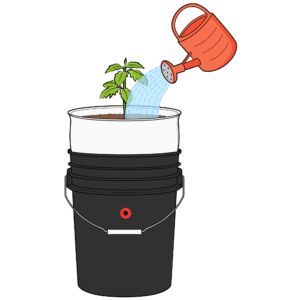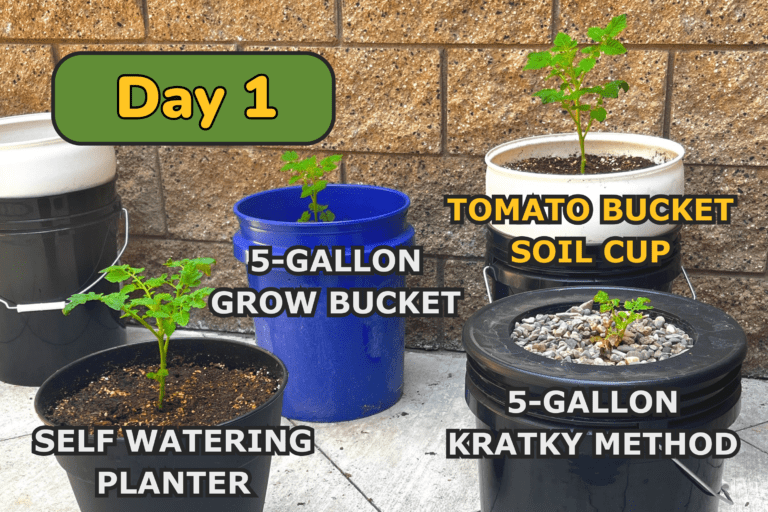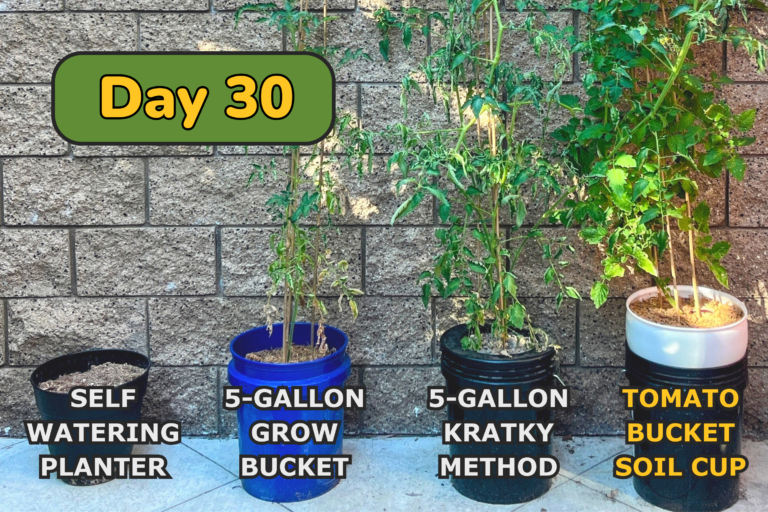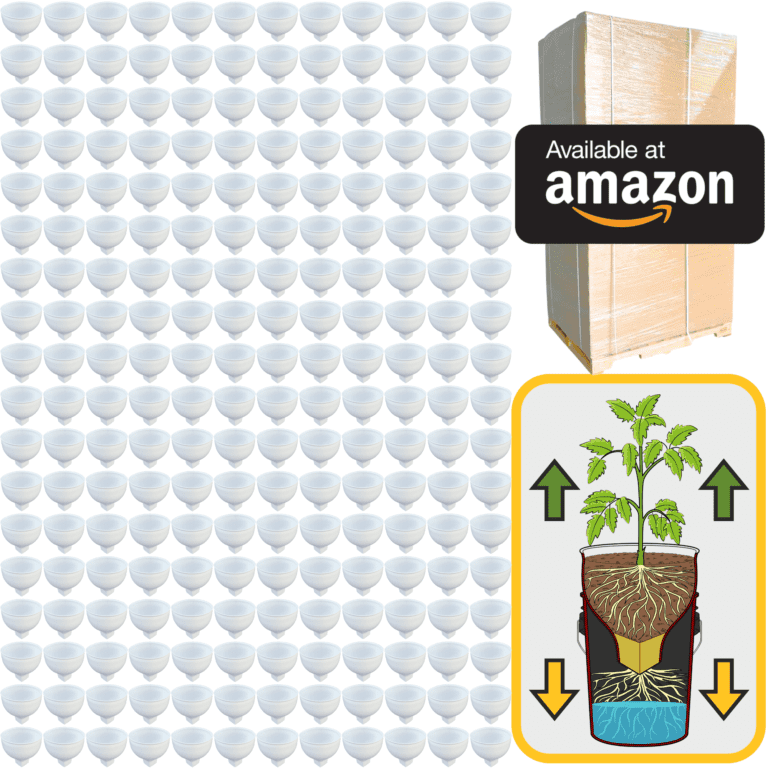Deep Water Culture, or DWC, is one of the most exciting hydroponic methods out there. It’s straightforward, powerful, and one of the most effective systems for fast, healthy growth. With DWC, plants are suspended in a nutrient-rich water solution, their roots fully submerged and constantly bathed in the essential nutrients they need. This method is a game-changer for anyone interested in hydroponics, as it combines simplicity with impressive results. It’s a system that relies on oxygenated water to support the roots, and when set up correctly, it creates an ideal environment for plants to thrive.
In DWC, the roots of each plant dangle directly into the nutrient solution, where they’re free to absorb water and nutrients on demand. Imagine this as an all-you-can-eat buffet for the plant’s roots. They don’t need to search for what they need; it’s all there, available all the time. But to make this system really work, you need to keep the water well-oxygenated. Oxygen is as essential as nutrients in hydroponics, and in soil, plants would normally get it from tiny air pockets. In DWC, it’s up to us to supply that oxygen directly.
Setting up a DWC system is surprisingly simple. Start with a container—a five-gallon bucket is ideal for single plants, but you can also use larger tubs if you want to grow multiple plants in the same setup. Dark containers work best because they block out light, preventing algae from forming in the water, which keeps your nutrient solution clean and focused on nourishing your plants. Fill the container with water and add a hydroponic nutrient solution, following the instructions on the package. This solution provides all the minerals and elements that plants need to grow strong, from nitrogen for leafy growth to potassium and phosphorus for root and fruit development.
Next, place your plant in a net pot, a small basket with holes that will allow the roots to grow through and reach the nutrient solution. The net pot sits on top of the container, so the plant is supported while the roots hang down into the water. As they grow, the roots will spread out, creating a beautiful, intricate network. Healthy DWC roots look white and robust, showing that the plant is getting everything it needs. Watching roots flourish in a DWC system is one of the most satisfying parts of hydroponics, as you get to see firsthand how the plant responds to the ideal environment you’ve created.
Now comes the crucial element in DWC: oxygenation. Since the roots are submerged in water, they can only breathe if the water is properly oxygenated. To keep oxygen levels high, you’ll need an air pump, similar to what you’d use in a fish tank, connected to an air stone placed at the bottom of the container. This setup will release a constant stream of bubbles, keeping the water oxygen-rich and preventing root rot. The bubbles provide a steady supply of oxygen to the roots, allowing them to absorb nutrients without drowning. The air pump is essential in DWC, turning a simple bucket of water into an active, thriving environment for plant growth.
The rewards of DWC are impressive. Because the plants have constant access to nutrients and oxygen, they tend to grow faster and yield more than they would in soil. Leafy greens like lettuce can be ready to harvest in just a few weeks, and herbs such as basil and mint grow vigorously, giving you a steady supply of fresh leaves. Even fruiting plants, like tomatoes and peppers, flourish in DWC, often producing larger fruit and higher yields than their soil-grown counterparts. The combination of nutrient accessibility and oxygenation creates the perfect conditions for growth, making DWC a favorite among hydroponic gardeners who want a productive system without a lot of complexity.
One of the benefits of DWC is that it teaches you about plant needs in a direct way. Since the roots are always in contact with the nutrient solution, keeping the pH and nutrient levels balanced is essential. Most plants prefer a slightly acidic pH, around 5.5 to 6.5, which allows them to absorb nutrients efficiently. If the pH is too high or too low, certain nutrients can become unavailable to the plant, even if they’re present in the solution. Regularly testing the pH with strips or a meter helps ensure that your plants are getting everything they need from the water.
Monitoring the electrical conductivity, or EC, of the solution is also important. EC measures the concentration of nutrients in the water; a higher EC means more nutrients are present, while a lower EC indicates fewer nutrients. Plants need the right balance—too much can lead to nutrient burn, where the leaves show signs of stress, while too little can stunt growth. By keeping an eye on both pH and EC, you’ll start to understand how these factors influence plant health, giving you a more hands-on approach to hydroponics.
Once your DWC system is set up, it requires very little maintenance beyond checking pH, EC, and topping off the water level as the plant drinks. As you gain confidence, you might experiment with different nutrient concentrations or even vary the lighting to see how your plants respond. DWC is a system that adapts well to a range of plants, and it’s both forgiving and responsive, giving you the flexibility to learn at your own pace. The simple design lets you focus on the essentials of hydroponics while yielding quick, satisfying results.
DWC also connects you to the growth process in a unique way. You’ll watch the roots as they grow and expand, taking on a life of their own. Each new root and leaf is a visible sign that the environment you’ve created is working, and seeing these changes up close fosters a sense of connection to the plant’s progress. This setup makes hydroponics not only productive but deeply rewarding, as you witness the rapid growth and health of plants that are thriving in an ideal, oxygen-rich solution. The simplicity of DWC makes it accessible to anyone, but the impact it has on plant growth shows just how powerful hydroponics can be.
For anyone starting out in hydroponics, DWC is an ideal choice. It’s easy to set up, affordable, and yields fantastic results, giving you the opportunity to grow fresh produce quickly and efficiently. You’ll learn the fundamentals of soilless growing, from nutrient balance to oxygenation, and gain confidence as you watch your plants flourish. Whether you’re growing leafy greens, herbs, or experimenting with fruiting plants, DWC offers a clear, hands-on way to dive into hydroponics. This method is all about creating the perfect balance for plants to grow, and the results speak for themselves—healthy, vibrant plants that thrive in a system that’s as straightforward as it is effective.

